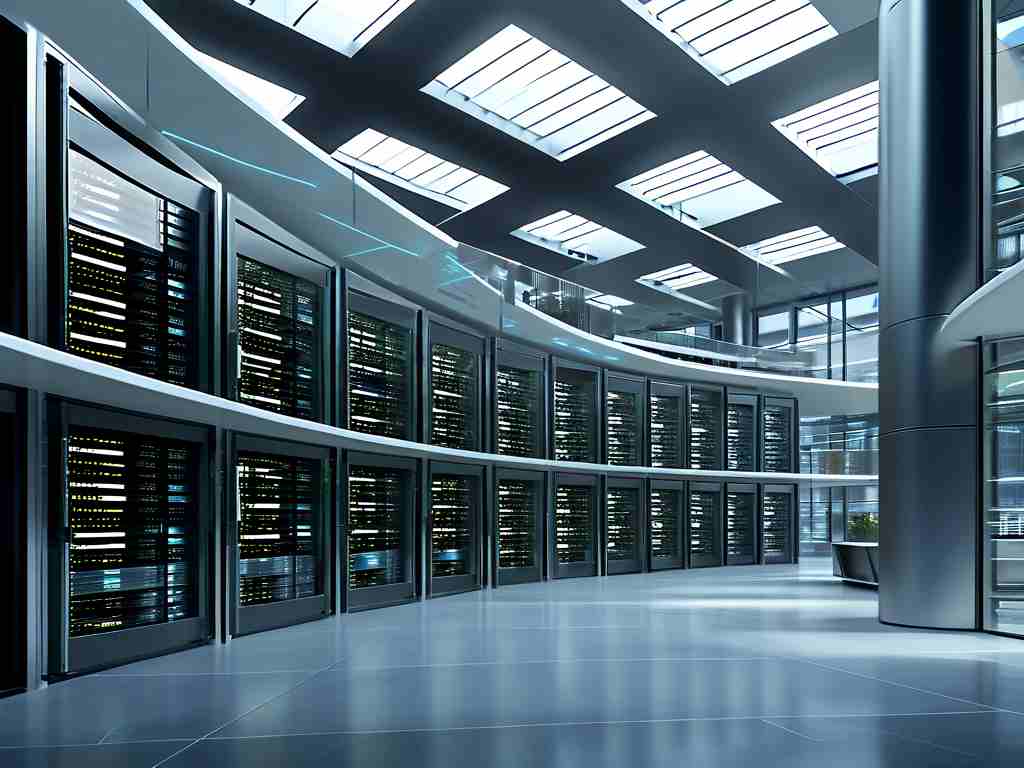In the rapidly evolving digital landscape, organizations face mounting pressure to deliver scalable, reliable, and high-performing systems. Centralized architectures, once the backbone of enterprise IT, increasingly struggle to meet modern demands. This has led to a paradigm shift toward distributed technology architectures. Below, we explore the compelling reasons driving this transition and the transformative benefits it offers.

1. Scalability to Meet Growing Demands
Distributed architectures excel at horizontal scaling, enabling organizations to add resources dynamically as workloads increase. Unlike monolithic systems, which require costly vertical scaling (e.g., upgrading servers), distributed systems allow components to operate independently across multiple nodes. For instance, cloud-native platforms like AWS and Google Cloud leverage distributed architectures to handle millions of concurrent users seamlessly. This elasticity is critical for businesses experiencing unpredictable traffic spikes, such as e-commerce platforms during holiday sales or streaming services during live events.
2. Enhanced Fault Tolerance and Reliability
Centralized systems suffer from a single point of failure: a crashed server or network outage can cripple entire operations. Distributed architectures mitigate this risk by decentralizing data and processing. If one node fails, others can take over, ensuring continuity. Companies like Netflix and Airbnb rely on distributed systems to maintain uptime; Netflix’s Chaos Monkey tool intentionally disrupts servers to test resilience, proving the robustness of their distributed infrastructure. By design, redundancy and replication in distributed systems minimize downtime, a non-negotiable requirement for mission-critical applications.
3. Improved Performance and Reduced Latency
Geographically dispersed users demand low-latency experiences. Distributed architectures address this by placing resources closer to end-users. Content Delivery Networks (CDNs), such as Cloudflare, cache data in edge servers worldwide, reducing load times for websites and videos. Similarly, distributed databases like Cassandra partition data across regions, enabling faster query responses. For real-time applications—think financial trading platforms or online gaming—every millisecond counts, making distributed systems indispensable.
4. Support for Modern Workloads
Emerging technologies like IoT, AI, and big data analytics generate massive datasets that overwhelm centralized systems. Distributed architectures, however, parallelize tasks across clusters. Hadoop, for example, processes petabytes of data by distributing computations to multiple nodes. Machine learning frameworks like TensorFlow leverage distributed training to accelerate model development. As organizations adopt data-intensive applications, distributed systems provide the necessary computational power and storage flexibility.
5. Cost Efficiency and Resource Optimization
Distributed architectures optimize resource utilization. By distributing workloads, organizations avoid overprovisioning hardware and reduce idle capacity. Cloud providers like Microsoft Azure offer pay-as-you-go pricing, allowing businesses to scale resources on demand. Additionally, open-source distributed frameworks (e.g., Kubernetes for orchestration) lower licensing costs. Startups and enterprises alike benefit from this cost-effectiveness, reinvesting savings into innovation.

6. Flexibility and Technological Agility
Monolithic systems often lock organizations into rigid technology stacks. Distributed architectures, conversely, embrace modularity. Microservices, a distributed design pattern, enable teams to develop, deploy, and update components independently. This agility accelerates time-to-market for new features. Companies like Uber and Spotify use microservices to iterate rapidly, adapting to market changes without overhauling entire systems.
7. Compliance and Data Sovereignty
Data privacy regulations (e.g., GDPR, CCPA) require organizations to store data in specific jurisdictions. Distributed architectures facilitate compliance by enabling localized data storage and processing. For multinational corporations, this means adhering to regional laws without compromising system performance. Blockchain technology, a decentralized ledger, further exemplifies how distributed systems enhance transparency and regulatory adherence.
Challenges and Considerations
While the advantages are clear, distributed architectures introduce complexities. Network latency, consistency models (e.g., CAP theorem trade-offs), and security risks (e.g., inter-node communication) require careful planning. Tools like service meshes (e.g., Istio) and distributed tracing (e.g., Jaeger) help manage these challenges. Organizations must also invest in skilled engineers proficient in distributed systems design.
The shift to distributed technology architectures is not merely a trend but a strategic imperative. By enabling scalability, resilience, and innovation, these systems empower organizations to thrive in a hyperconnected world. As technologies like 5G, edge computing, and quantum computing mature, distributed architectures will remain foundational to digital transformation. Businesses that embrace this evolution today will secure a competitive edge tomorrow.









